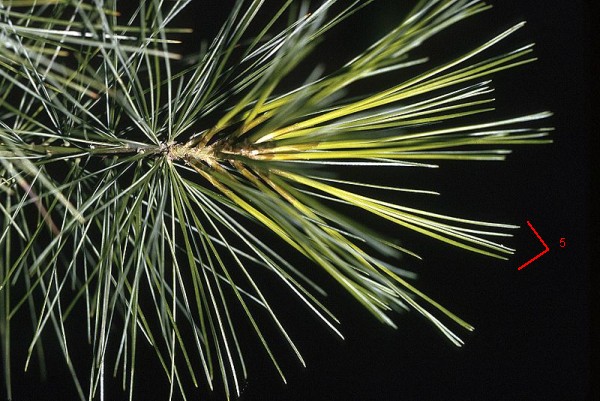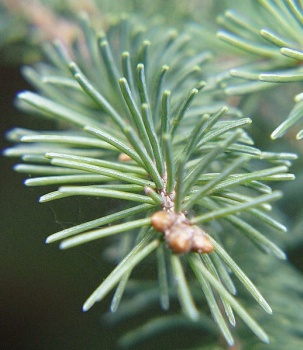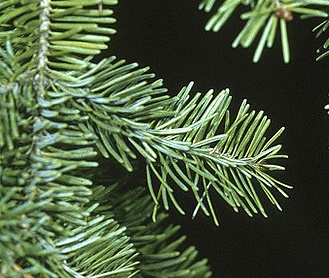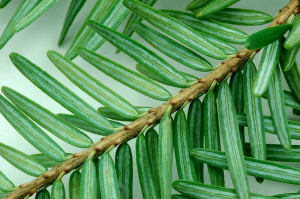
I come from a place where I can identify most of the trees, but so few are evergreen that I’m overwhelmed by the number and variety of conifers in Maine.
As I walk in Acadia National Park I try to identify what I see. I usually can’t see an entire tree (they’re tall!) so I focus on the needles, twigs, and cones to figure them out: pines, spruces, firs and hemlocks.
Pines: If the needles are in bundles attached to the branches, then it’s a pine.
White pines are unique because they have 5 needles per bundle, shown above. It’s easy to remember “5” because the word “white” has five letters. Pitch pines have three needles per bundle. Red pines have two. Unfortunately their names don’t help to memorize them.

Spruces: If the needles are sharp, four-sided (square or rhomboid) and grow all around the twig it’s a spruce, shown above. Maine has black, white and red spruces but I’ve not made the effort to tell them apart yet.

Firs: Firs have flat needles, green on top and white-striped below. The needles appear to grow in rows so the twigs sometimes look flat. Hemlocks share these characteristics but their twigs droop at the tips while balsam twigs are stiff and stand straight out. If the balsams had cones I could identify them easily because the cones stand erect on top of the branches. I don’t see fir cones in September because they disintegrate when they mature at the end of the summer.

Hemlocks: Hemlocks also have flat needles with two white stripes on the underside. The needles grow in only two rows on opposite sides of the twig. The twig is flat and flexible and droops at the tip. Hemlocks have tiny cones that hang below the branches. Of all these conifers I know hemlocks best because they’re native to Pennsylvania.
As hard as I look I still get confused, first by spruces, then by firs.
I’ve got a lot to learn in this coniferous state.
(photo from Wikimedia Commons. Click on the photo to see the original)
I loved this article, Kate. I had no idea about all those differences. I am sitting here thinking about all the other things in this world I never thought to learn about. It just may be about time that I start!